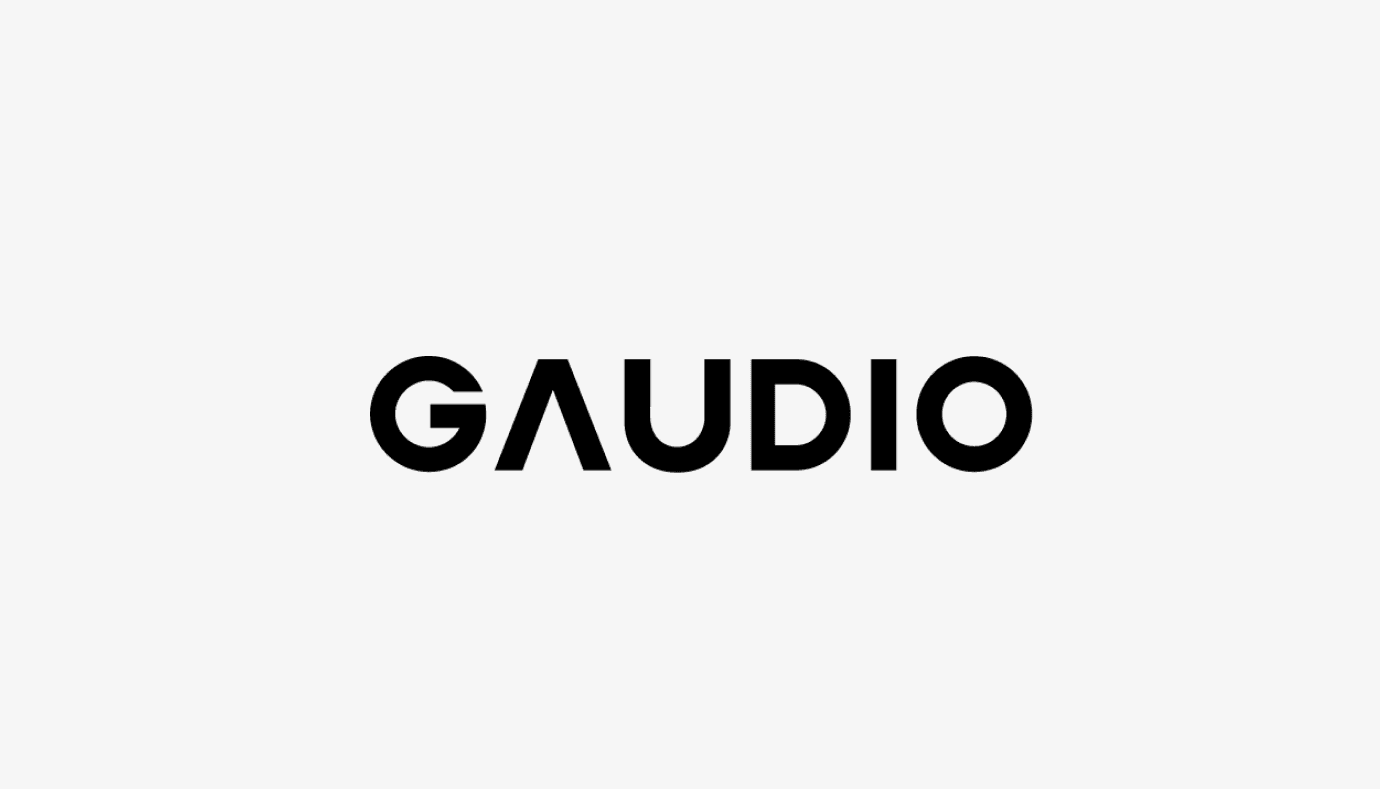NFL Season is Here: Fans Debate Video and Sound Quality on Streaming TV vs. Broadcast
NFL Season is Here: Fans Debate Video and Sound Quality on Streaming TV vs. Broadcast
For many football fans this NFL season, the decision to keep paying for cable instead of switching to streaming TV is as much about the quality of experience as it is about access to the games they want to watch. While streaming services offering live TV bundles, such as Sling TV, are less expensive and offer many of the same channels as cable, the quality of the video and audio may not be as good as cable.
With streaming, frame rates are lower than cable for for sports and news channels, and audio consistency as well as surround sound are often nonexistent. Thus, the debate continues among fans this year whether to cut the cord or wait another season for streaming to catch up on sound and video quality.
A Focus on Improving Video Latency
Live streaming video gets chopped up into chunks that are delivered over the open internet. Larger chunks can cause latency and lower frame rates, but solutions are already underway to improve speeding up video delivery. The content delivery network Akamai announced plans last year to process smaller chunks of video more quickly, and a new video standard called WebRTC could also improve latency as it becomes more widely adopted. We may even see video delivery improvements during the current NFL season, but next season will almost certainly bring higher quality.
Catching Up on Audio Quality
As latency and video quality improves, we should expect streaming platforms to begin prioritizing audio quality, specifically loudness management. The Gaudio Sol Loudness SDK can provide streaming TV with an improved audio experience for viewers by smoothing variations in loudness, providing continuity of the perceived sound level between streaming content programs.
The Sol Loudness SDK uses a unique architecture in which the server-side performs the loudness measurement and generates metadata that the client-side uses to normalize content to a target loudness setting. Other loudness management software solutions employ a legacy “file-based” approach that destructively modifies the original content and typically produces distortion. Advantages to the server-client solution include the opportunity to set loudness targets per platform, end-user device, or even listening environment. Video streaming services offering live sports programming can leverage Gaudio’s loudness management software to provide a higher quality audio experience for viewers, leading to increased subscriber retention.
The OTTs are catching up to cable in quality and providing subscribers with award-winning, binge-worthy content together with live TV. As the OTT transmission and video technologies solidify and mature, attention will shift to providing higher quality audio experiences. The OTT’s that bring focus to solving loudness management issues will have more sports fans cutting cords, and making the jump to subscriptions.
Stay tuned for more updates on how audio technology can enhance the streaming media experience. To learn more about Gaudio’s Sol Loudness SDK, please contact us!

